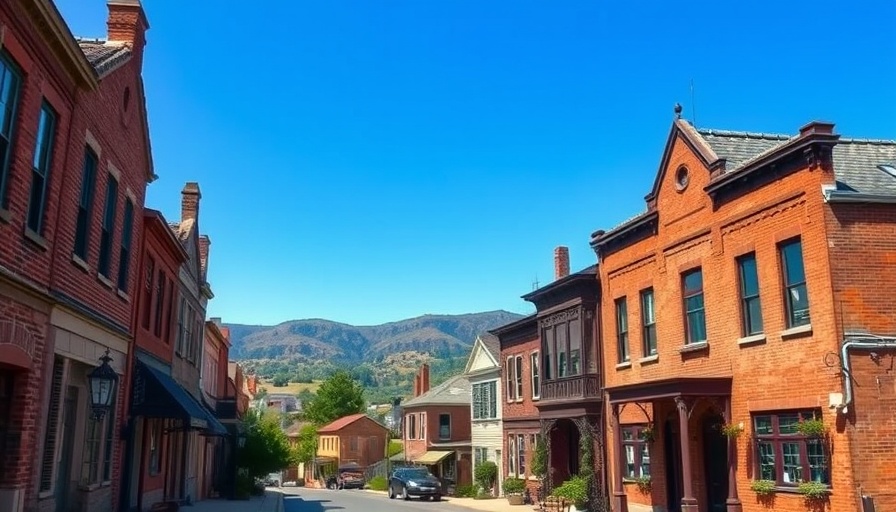
Aging Homes in America: A Growing Concern
The charm of aging homes often lies in their history and unique architectural details like exposed brick and original hardwood floors. However, the reality is that these homes are becoming a concern as America’s housing stock continues to age without sufficient new construction. In 2012, the average age of a U.S. home was 35 years; today, it has risen to 41, reflecting an associated slowdown in construction stemming from the Great Recession. Only 9% of today’s homes were built in the 2010s, contrasting starkly with the 11% that were constructed prior to 1940. The implications for the housing market are significant.
The Impact of Aging Housing Stock on Home Prices
The aging of homes is contributing to a nationwide housing shortage, leading to soaring prices across many markets. Despite rising mortgage rates and economic uncertainty, home prices have steadily increased. Some areas face fierce competition for limited housing options, while others, particularly in the Sun Belt, have seen price drops due to an oversupply of new homes. Cities like Austin, where more than 20% of homes were built in the 2010s, showcase a dichotomy: good inventory leads to more affordable prices, whereas Midwestern cities like Milwaukee, with less new construction (just 4% built in the last decade), are seeing home prices escalate rapidly due to declining supply.
Top Cities with the Oldest Homes
To understand how differing rates of new construction impact local markets, we can look at the cities with the oldest homes. These cities often have stringent historic preservation laws which can stymie the addition of new housing, exacerbating supply problems:
- **Boston, MA** - With homes dating back centuries, Boston's charm also comes with sky-high prices due to limited availability.
- **New Orleans, LA** - Known for its unique Creole cottages, New Orleans faces the same challenges as other historic cities.
- **Philadelphia, PA** - Historic homes abound in Philadelphia, yet a decline in new builds means buyers compete heavily for older stock.
- **Pittsburgh, PA** - Many of Pittsburgh's old homes remain unrenovated, representing both a potential investment opportunity and a source of concern.
- **Detroit, MI** - While undergoing revitalization, many homes in Detroit are aging and highlighting the need for modern housing solutions.
Understanding the Changing Housing Market
The aging of America's housing stock is more than just a statistic; it's a significant indicator of broader economic issues and local market dynamics. Understanding these trends is critical for stakeholders, from home buyers to real estate agents. With older homes falling out of repair and new construction lagging, the availability of property for sale remains impacted. Investors are beginning to realize the potential of renovating these older homes, turning them into modern living spaces that appeal to buyers while respecting their historical roots.
Future Trends in Housing Development
Looking forward, cities need to rethink their approaches to housing development, particularly in areas with high demand for new homes. Encouraging more new construction could relieve some of the pressure on home prices and attract diverse populations. Additionally, this could stimulate local economies by creating jobs in construction and revitalizing neighborhoods.
Wrap Up and Call to Action
As the housing market continues to evolve, it's essential for buyers, sellers, and investors to stay informed about these trends. Whether you're exploring homes for sale or considering investment properties, understanding the implications of an aging housing stock can guide critical decisions. If you're thinking about making a move in the real estate market, explore comparable options between renting and buying today. Take advantage of tools and resources that can help you navigate this complex landscape.
 Add Row
Add Row  Add
Add 




Write A Comment